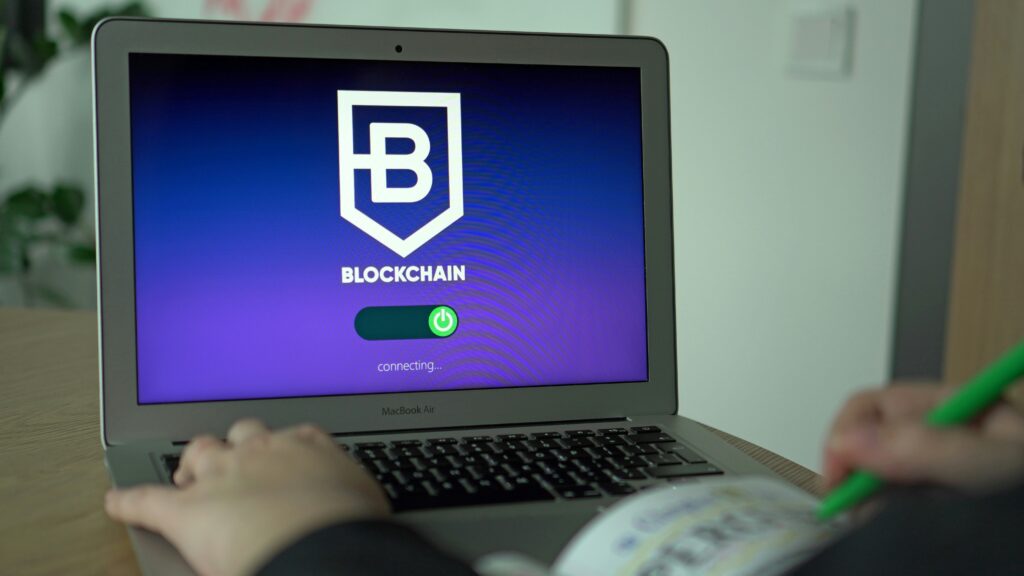Introduction
Vlogging hasn’t just survived the digital chaos of the last few years — it’s adapted. While some online formats faded or got buried in algorithm shifts, vlogging stayed personal, flexible, and oddly resistant. The reason? It’s built around connection. That doesn’t go out of style.
But 2024 isn’t offering a free pass. Platforms are changing fast. What used to work — long-winded intros, sporadic uploads, copycat trends — doesn’t fly anymore. Viewers are sharper, feed algorithms are stricter, and attention spans continue to shrink.
So what’s shifting now? Platforms are demanding real consistency. Audiences expect not just content, but context. And creators can’t just ride tech trends like passengers. They need to know which tools help them work smarter, faster, with less burnout.
If you’re vlogging in 2024, you can’t just show up. You need to show up with intention. This year is about clarity — in content, in workflow, and in community. Let’s break down what’s changing so you can stay ahead of it.
Asynchronous Tools and Project Management That Actually Work
Not all tools are created equal. In 2024, creators are leaning hard into asynchronous workflows that keep momentum without needing constant check-ins. Notion stays top of the list, good for everything from content calendars to production checklists. Loom cuts down live meetings by letting creators share quick screen-recorded updates. And Slack—when used with discipline—still holds its place for fast coordination, with channels dedicated to editing, collabs, and launches.
When it comes to managing bigger projects, the race between ClickUp, Monday, and Trello is tight. ClickUp wins with power users who like to tweak every part of their workflow. Monday offers clean visuals and quick onboarding, perfect for small teams. Trello keeps it minimalist and works best for solo creators or partnerships tracking episodes in simple boards.
Real example? A mid-size travel vlogging team might use Notion to plan a season of episodes, Loom for remote feedback on rough cuts, Slack to coordinate with their editor, and ClickUp to track deliverables and progress. The stack looks different depending on scope—but what matters is choosing tools that reduce friction, not add to it.
Zoom fatigue is no myth. After years of back-to-back calls, creators are looking for smarter, lighter ways to communicate. The standard video-call grind is giving way to new tools that actually respect your energy and your screen time.
Around picks up where Zoom checked out, offering a low-clutter UI built for creative teams. Microsoft Teams Premium adds AI-powered recaps and intelligent highlights. Butter is quietly gaining traction for its mix of collaboration features and a smoother group experience. All these options are competing not just on features, but on how little they get in your way.
Audio clarity now matters more than camera quality. So do real-time transcriptions and AI-written summaries. The real value is cutting down meeting durations and making it easier to share what happened with people who didn’t attend. That saves time. That keeps the work moving.
That said, webcams and lighting rigs? Still not optional. Polish matters in 2024, even if the call is casual. Your image is still part of your brand—especially when every conversation might be cut up and posted on social later. Look sharp. Sound clearer. Spend fewer hours online. That’s the new rulebook.
Micro-Niching for Loyal, High-Intent Audiences
In 2024, going wide isn’t the move. Vloggers are going narrow—super narrow. Audiences aren’t looking for the biggest name; they’re looking for people who get them. That’s why creators diving deep into hyper-specific topics are gaining real traction. Think urban gardening for apartment dwellers or finance tips for full-time freelancers. These aren’t global audiences, but they are loyal, hungry, and ready to engage.
The payoff? Engagement. A smaller, focused community often comments more, shares more, and sticks around longer. That higher intent leads to better monetization options—brand deals that actually make sense, merch that sells, and paid subscriptions from viewers who care. High numbers are nice, but high connection wins.
The lesson here: You don’t need millions of fans. You just need the right few thousand who stick with you because your content speaks directly to them. Finding your lane and owning it beats chasing trends every time.
Cloud Services: Google Workspace vs. Dropbox vs. OneDrive
When it comes to storing content, sharing scripts, or collaborating across countries, vloggers need tools that don’t buckle under pressure. Google Workspace, Dropbox, and OneDrive are the main contenders, but each plays a different game. Google Workspace is strong on collaboration and seamless integration—Docs, Sheets, Meet—they all talk to each other. Dropbox pushes simplicity and fast syncing. OneDrive ties in tightly with Microsoft’s productivity suite.
The truth is, most vlog teams mix and match. But it’s no longer just about who has more cloud space. Encryption, access control, and user permissions are now the bare minimum. Creators are waking up to the idea that losing access to a cloud account—through a breach or shady link—could wipe out months of material. Data security isn’t optional anymore. It’s table stakes.
With more creators managing remote editors, voice-over artists, and motion graphics freelancers, security gaps are growing. One wrong file share and someone halfway across the world has your uncut footage or brand deal contract. Cyber risks are rising—and not just for the big channels.
Interestingly, blockchain may be entering this space in a practical way. Beyond crypto, it’s being explored as a tool for securing content-at-rest and tracking who accessed what, when. Not hype—just another layer of accountability. If you’re curious, this piece explains it well: Blockchain for Real-World Use Beyond Cryptocurrency.
AI isn’t all flash and buzzwords. In 2024, it’s become a practical tool for vloggers who want to move faster and waste less time. Think email drafts that feel human, meeting notes that don’t need transcribing, and smart task automation that knows when to move your video to editing before you even click.
Apps like Zapier and Make are helping creators link everything—from uploads to outreach—without a line of code. A new video gets published? Automatically push to socials, update your Notion board, ping your team. Low-effort, high-output. And platforms like Notion AI or Google’s Duet AI are now solid for writing scripts, summarizing long comment threads, or organizing content calendars.
What’s working today isn’t using AI for show. It’s using it to clear the clutter so creators can spend more time in front of the lens and less time buried in tabs. If you’re still treating AI like a novelty, you’re already behind.
Build a Lean Stack That Serves the Mission
In 2024, creators are cutting the noise. There’s a new wave of discipline around tools—less chasing the latest productivity app, more focus on what actually moves the needle. If something doesn’t simplify your process or strengthen your workflow, it’s out.
Culture beats tools every time. But smart tools that lock in good habits? That’s a winning combo. Whether it’s a minimal editing suite, a bulletproof content calendar, or one reliable platform for community feedback, the goal isn’t more—it’s better. Tools should serve consistency, not distract from it.
This year, productive doesn’t mean frantic. It means clear systems, tighter execution, fewer tabs open. Creators who trim the fat and stay disciplined with their digital arsenal are creating more—with less stress and less chaos.


 Mikeric Edwardsons is a technology writer at gfxrobotection, specializing in cybersecurity trends, software solutions, and modern tech innovations. His content simplifies complex topics to deliver real value for both beginners and tech professionals.
Mikeric Edwardsons is a technology writer at gfxrobotection, specializing in cybersecurity trends, software solutions, and modern tech innovations. His content simplifies complex topics to deliver real value for both beginners and tech professionals.

